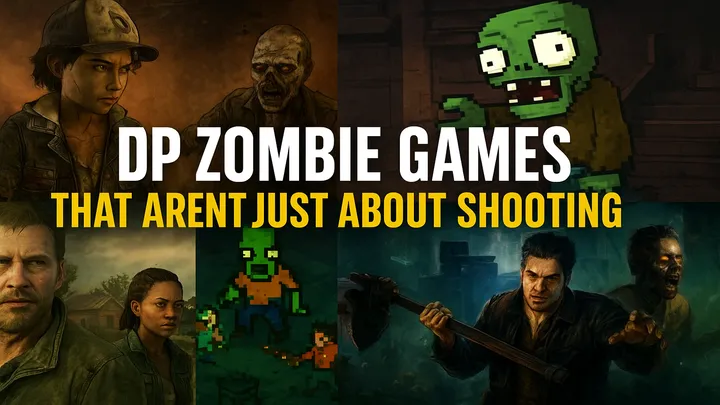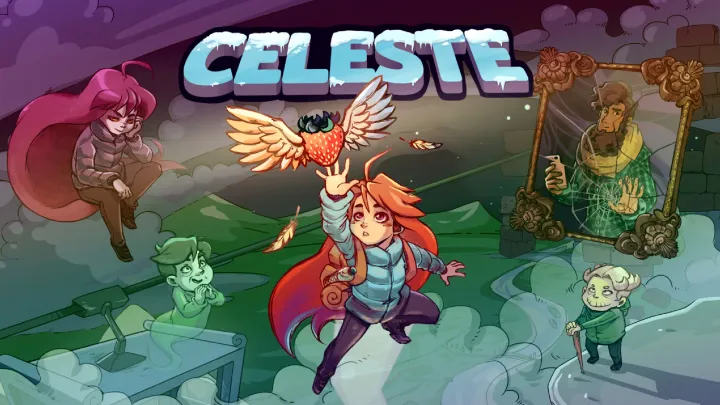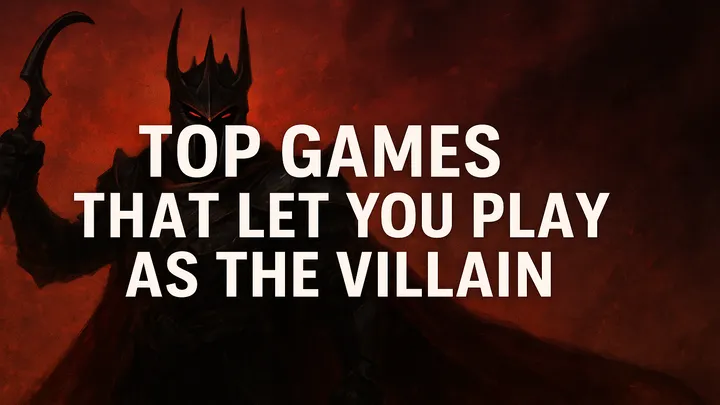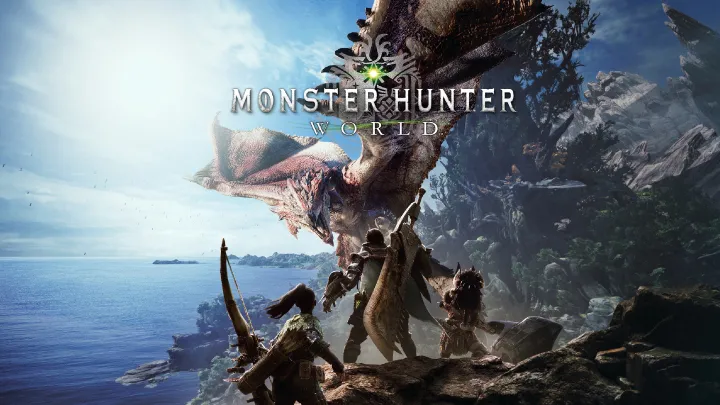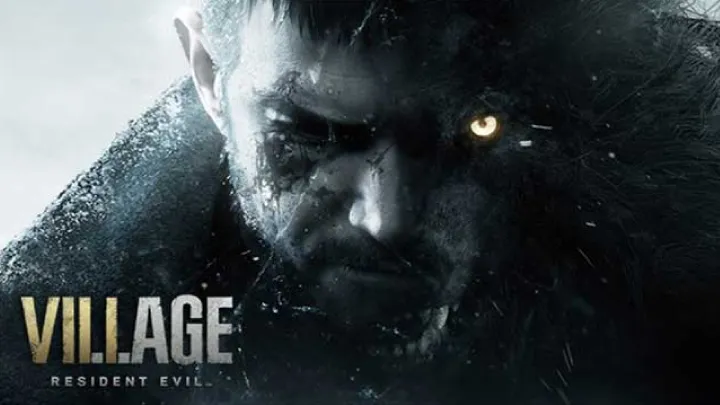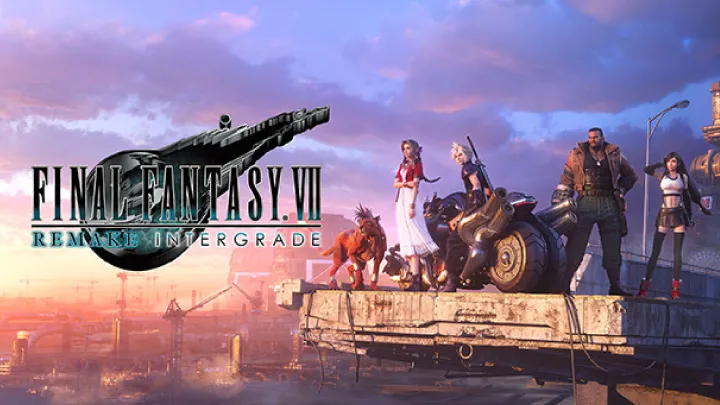Introduction
Survival horror games often thrive on tension, atmosphere, and resource scarcity. But Zoonomaly sets itself apart with one mechanic that makes players talk, argue, and sometimes rage-quit—the adaptive predator AI system. Unlike scripted enemies, predators in this game learn from your actions, memorize your habits, and even counter your strategies. It is the game’s most ambitious innovation, but also its most divisive feature.
This article dives deep into that very issue. Instead of covering Zoonomaly in general terms, we’ll explore the AI predator dilemma: how it works, how it changes the pacing of the game, and why it simultaneously elevates and frustrates players.
1. The First Encounter: False Security
When you begin Zoonomaly, predators seem manageable. They patrol predictable paths, hesitate when you throw distractions, and react in ways players expect. This early-game phase creates an illusion of control—one that eases new players into the ecosystem.
But this illusion is intentional. Developers designed predators to study your behavior from the very start. If you hide in tall grass often, the AI records that habit. If you constantly rely on noise, predators file it away. What feels like mastery in the beginning is just predators learning about you.
This gradual shift ensures every player feels vulnerable—not because they’re weak, but because their opponents are evolving.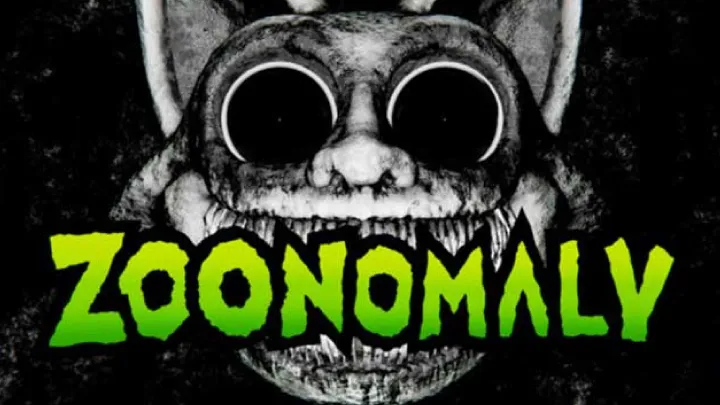
2. Mid-Game Shift: The Hunters Adapt
By the mid-game, the difficulty curve spikes. Predators no longer fall for basic distractions. That tin can you threw last time? Now predators sniff it out, glance around suspiciously, and sometimes double back toward your actual hiding spot.
This transformation is where many players report both exhilaration and frustration. The AI is no longer reactive—it’s proactive, treating the player not as prey on rails but as a thinking opponent. Predators begin to counter hiding spots, ignore repeated decoys, and track players across wide areas of the map. What once felt safe now feels exposed.
3. The Resource Drain Spiral
The adaptive system also drains resources faster than in most survival horror games. Players need traps, distractions, and tools to stay ahead, but predators’ learning curve makes those items less effective over time.
Traps start strong but quickly lose value. Predators that once stumbled into snares begin avoiding them—or worse, using them against the player. Because players can’t predict what will still be effective, they hoard items “just in case.” This creates constant stress over inventory management and leads to what many call inventory paralysis.
4. Fear Beyond Mechanics: The Psychology of Uncertainty
What makes predator AI so impactful is not just what it does, but what it might do. Players never know when predators will adapt, making every choice a gamble.
This uncertainty creates a unique kind of paranoia. Instead of focusing on immediate survival, players worry about how their current tactic might betray them later. Fear in Zoonomaly does not arrive as a sudden jump scare; it lingers, session after session, because predators remember you.
5. Multiplayer Tension: Group Adaptation
In multiplayer, the predator AI adapts to group behavior. This creates one of the most divisive dynamics in the game. A single careless teammate can “teach” predators to counter the group’s strategies. Even cautious players feel punished when predators escalate based on group mistakes.
While coordinated teams can briefly outsmart predators, the AI escalates even faster when it has multiple inputs to learn from. The result is tension not just between players and predators, but between teammates themselves.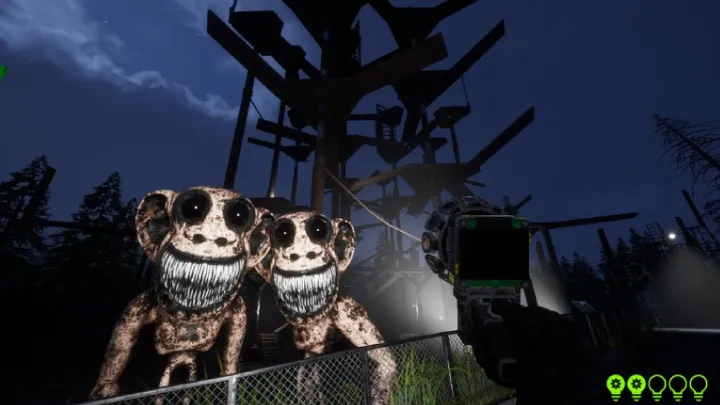
6. The Difficulty Curve Problem
The predator AI doesn’t just scale—it spikes. Many players describe the mid-to-late game as a wall rather than a ramp. This steep curve raises questions about balance. Should predators be this unforgiving? Should there be mechanics to slow down their adaptation?
The sharp jump from manageable encounters to overwhelming intelligence leaves many players drained. For hardcore fans, it is a thrilling challenge. For casual players, it becomes a barrier that risks breaking immersion entirely.
7. Community Feedback: Divided Reactions
The community response to predator AI has been polarized. Some praise it as groundbreaking and immersive, while others argue it is punishing and exhausting. Many call it “too smart for its own good.”
Modding communities have even stepped in, creating alternative versions of the AI with slower learning rates. These mods allow more relaxed players to enjoy the atmosphere without the overwhelming difficulty of the original design.
8. Suggested Fixes and Balancing Solutions
Players and critics alike have suggested ways to refine the system without losing its edge:
- AI memory decay, so predators forget habits over time.
- Difficulty sliders to adjust predator intelligence.
- Rewards for creativity instead of punishments for repetition.
- Special tools that reset predator learning temporarily.
The aim is not to make predators dumb, but to balance realism with playability. By allowing mistakes and imperfection, the AI could feel just as threatening without being relentless.
9. Long-Term Replayability: A Double-Edged Sword
One of the biggest strengths of adaptive AI is replayability. No two runs of Zoonomaly are the same. Every session feels alive, unpredictable, and tense.
But this strength can also become a weakness. Many players describe needing cooldown breaks after intense sessions. The very system that gives the game its identity can also drive players away when the exhaustion outweighs the thrill.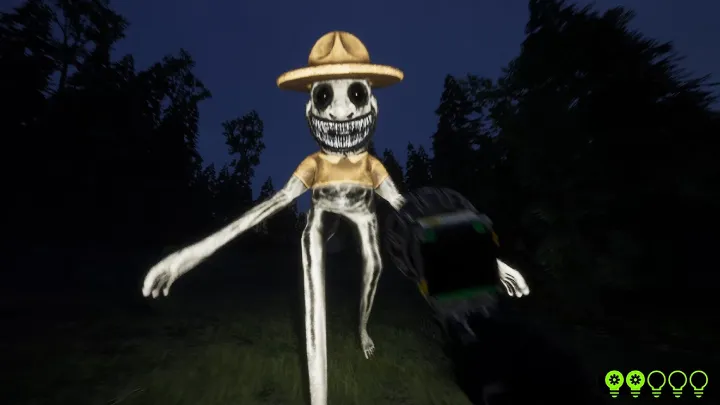
10. The Future of Adaptive AI in Gaming
Zoonomaly may be remembered less as a single game and more as a prototype for a new era of AI-driven survival. Its predators are a bold experiment that other developers will study closely.
If refined, adaptive AI could reshape the survival horror genre. Future games may take inspiration, building predator systems that balance tension with player psychology more effectively. Zoonomaly shows both the potential and the pitfalls of this design philosophy.
Conclusion
The predator AI in Zoonomaly is both its greatest strength and its sharpest flaw. It transforms predators from scripted enemies into living, learning threats, creating tension unlike anything else in gaming. But it also risks overwhelming players, punishing creativity, and pushing some away from long-term play.
The dilemma is clear: how do you balance realism with fun? Zoonomaly doesn’t always get it right, but its bold experiment is a milestone in gaming. With tweaks like memory decay, difficulty sliders, or creative incentives, it could set the standard for survival horror in years to come.








